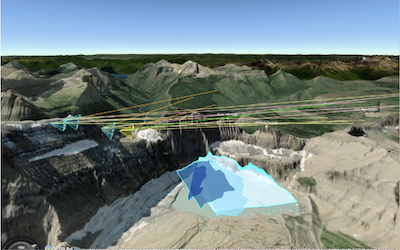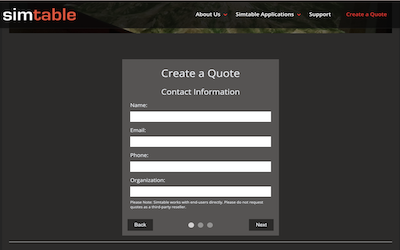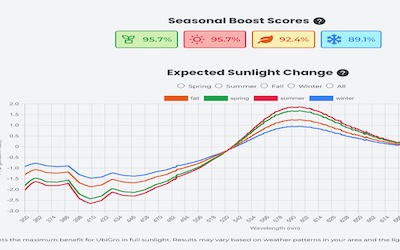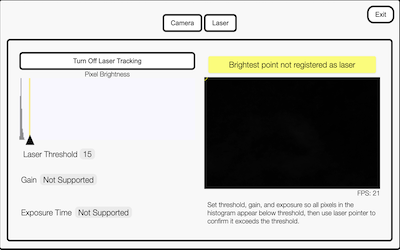Featured Projects

Visualizing Vector Layers in CesiumJS
This project used Cesium's 3d globe to bring in vector layers. I worked on getting the vector layers to drape over the landscape. The platform creates STAC items for layers added to the platform, I added the views tag to our STAC files to use it persist line color, fill color, visibilty and transparency.

Simtable Customer Resource Management Tools Suite
This project created an internal portal to manage customer account information, renew data subscriptions and create quotes. As a small company, it is important to automate repetitive tasks that dig into employee's day to day time. The subscription renewal tool allows the team to construct custom carts, with different pricing packages and subscription lengths, then send a link to the customer offering various payment options, including Stripe payments.

Modeling Solar Spectra from MEERA-2
This project used the MEERA-2 dataset to model the product's potential benefit to customers. There is a python implementation of the Bird Climate model. I built the React UI which displayed results with ChartJS in the browser. Customers also recieve a custom PDF via email, displaying their results.

Laser Tracking with WebRTC + CanvasAPI
The Laser Tracker is a Javascript custom web component that helps a user configure any webcam to do laser tracking (including phone cameras). This software update opens the hardware configuration needed for our interactive, digital sand table and, thus, greatly decreases the cost of setting one up. The company is planning on launching this version of Simtable software in 2026 and it will open new markets to the company such as, nonprofits and educators.